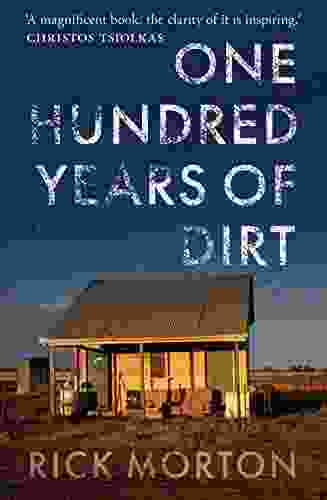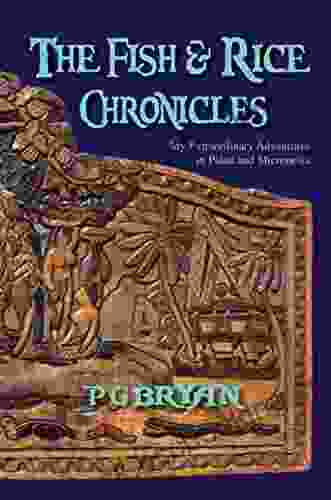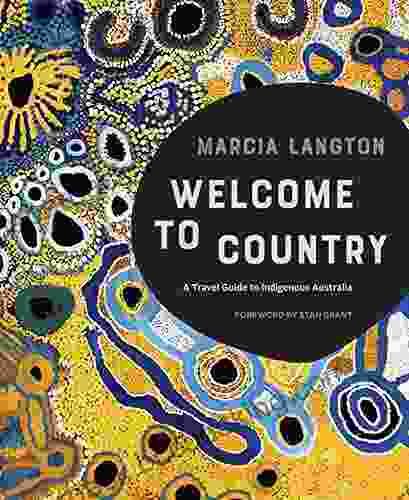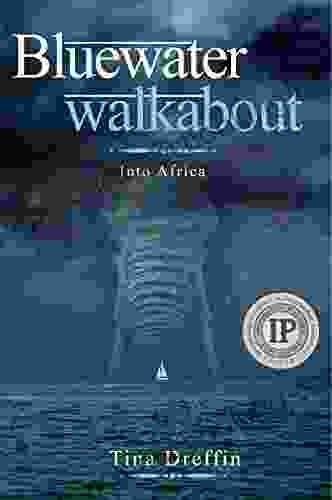One Hundred Years of Dirt

Soil is the foundation of life on Earth. It provides the nutrients that plants need to grow, and it filters the water that we drink. Soil also plays a vital role in the climate system, and it helps to protect us from flooding and erosion.
4.2 out of 5
| Language | : | English |
| File size | : | 2087 KB |
| Text-to-Speech | : | Enabled |
| Screen Reader | : | Supported |
| Enhanced typesetting | : | Enabled |
| Word Wise | : | Enabled |
| Print length | : | 166 pages |
In One Hundred Years of Dirt, author David R. Montgomery tells the story of soil from its formation to its role in human civilization. Montgomery draws on the latest scientific research to show how soil has shaped the course of history, and he argues that we need to protect soil if we want to ensure a sustainable future for our planet.
The Formation of Soil
Soil is formed when rocks and minerals are broken down by weathering processes. These processes include water, wind, ice, and plant roots. The resulting fragments of rock and mineral are then mixed with organic matter from plants and animals. Over time, this mixture becomes soil.
The type of soil that forms depends on the climate, the type of rock or mineral that is being weathered, and the amount of organic matter that is available. In warm, humid climates, soil is typically rich in organic matter and has a high water content. In cold, dry climates, soil is typically poor in organic matter and has a low water content.
The Role of Soil in Human Civilization
Soil has played a vital role in human civilization for thousands of years. The earliest humans were hunter-gatherers who relied on soil to provide them with food. As humans began to settle down and farm, they learned how to cultivate soil to produce crops. Soil has also been used to build homes, make pottery, and create other objects.
Today, soil is still essential for human civilization. It provides the food that we eat, the water that we drink, and the materials that we use to build our homes and other structures. Soil also plays a vital role in the climate system, and it helps to protect us from flooding and erosion.
The Threats to Soil
Soil is a finite resource, and it is under threat from a number of human activities. These threats include:
- Erosion: Erosion is the process by which soil is washed away by water or wind. Erosion can be caused by natural events, such as heavy rains or storms. However, it can also be caused by human activities, such as farming and logging.
- Pollution: Soil can be polluted by a variety of chemicals, including pesticides, herbicides, and fertilizers. Pollution can damage soil structure and kill the organisms that live in soil.
- Climate change: Climate change is causing the Earth's climate to become warmer and drier. This is leading to changes in soil moisture levels, which can damage soil structure and kill the organisms that live in soil.
Protecting Soil
We need to protect soil if we want to ensure a sustainable future for our planet. There are a number of things that we can do to protect soil, including:
- Reduce erosion: We can reduce erosion by using terraces and contour farming. We can also plant trees and other vegetation to help hold soil in place.
- Reduce pollution: We can reduce pollution by using less pesticides, herbicides, and fertilizers. We can also compost organic waste and use it to fertilize soil.
- Address climate change: We need to address climate change by reducing our greenhouse gas emissions. This will help to stabilize the Earth's climate and protect soil from the effects of climate change.
Soil is a precious resource that we need to protect. By taking steps to reduce erosion, pollution, and climate change, we can help to ensure that soil will continue to provide us with food, water, and other essential resources for generations to come.
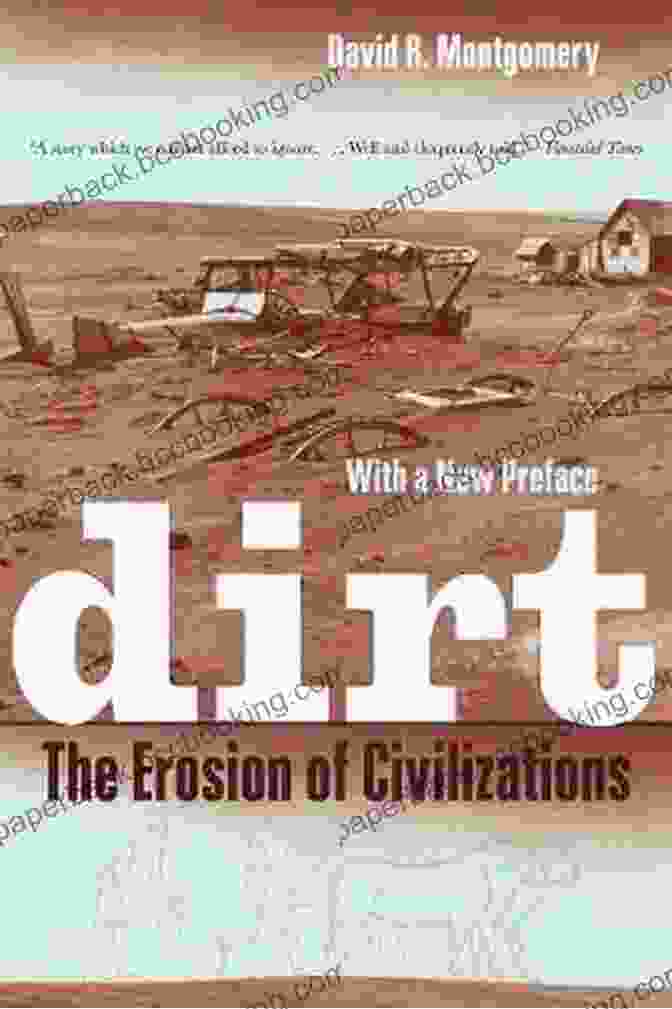
One Hundred Years of Dirt: A Journey Through the History of Soil by David R. Montgomery is available now from your favorite bookseller.
4.2 out of 5
| Language | : | English |
| File size | : | 2087 KB |
| Text-to-Speech | : | Enabled |
| Screen Reader | : | Supported |
| Enhanced typesetting | : | Enabled |
| Word Wise | : | Enabled |
| Print length | : | 166 pages |
Do you want to contribute by writing guest posts on this blog?
Please contact us and send us a resume of previous articles that you have written.
 Book
Book Novel
Novel Page
Page Chapter
Chapter Text
Text Story
Story Genre
Genre Reader
Reader Library
Library Paperback
Paperback E-book
E-book Magazine
Magazine Newspaper
Newspaper Paragraph
Paragraph Sentence
Sentence Bookmark
Bookmark Shelf
Shelf Glossary
Glossary Bibliography
Bibliography Foreword
Foreword Preface
Preface Synopsis
Synopsis Annotation
Annotation Footnote
Footnote Manuscript
Manuscript Scroll
Scroll Codex
Codex Tome
Tome Bestseller
Bestseller Classics
Classics Library card
Library card Narrative
Narrative Biography
Biography Autobiography
Autobiography Memoir
Memoir Reference
Reference Encyclopedia
Encyclopedia Vanessa Lachey
Vanessa Lachey Tim Keesee
Tim Keesee Leah Cullis
Leah Cullis Saver Hippo
Saver Hippo Peggy Mastel
Peggy Mastel Robert C Sibley
Robert C Sibley Vasti Torres
Vasti Torres Sam Smith
Sam Smith Mohamed Elgendy
Mohamed Elgendy Walter Payton
Walter Payton Rhonda Belle
Rhonda Belle Pardis Mahdavi
Pardis Mahdavi Linda Peters
Linda Peters Rebecca Henderson
Rebecca Henderson Samra Habib
Samra Habib Zak George
Zak George Partha Mitter
Partha Mitter Liz Nolley Tillman
Liz Nolley Tillman Sarah Noffke
Sarah Noffke Paris Permenter
Paris Permenter
Light bulbAdvertise smarter! Our strategic ad space ensures maximum exposure. Reserve your spot today!

 Dustin RichardsonStrip by Thomas Perry: A Gripping Thriller That Will Keep You on the Edge of...
Dustin RichardsonStrip by Thomas Perry: A Gripping Thriller That Will Keep You on the Edge of... Jan MitchellFollow ·10.7k
Jan MitchellFollow ·10.7k Tony CarterFollow ·19.9k
Tony CarterFollow ·19.9k Leon FosterFollow ·6.8k
Leon FosterFollow ·6.8k Frank ButlerFollow ·18.4k
Frank ButlerFollow ·18.4k Foster HayesFollow ·15.1k
Foster HayesFollow ·15.1k William GoldingFollow ·19.4k
William GoldingFollow ·19.4k Gary ReedFollow ·9.1k
Gary ReedFollow ·9.1k Will WardFollow ·3.4k
Will WardFollow ·3.4k

 E.M. Forster
E.M. ForsterBluewater Walkabout: Into the Pacific
An Unforgettable...

 Joseph Foster
Joseph FosterUnlock the Secrets of Standardized Test Success with Test...
Are you tired of struggling with standardized...
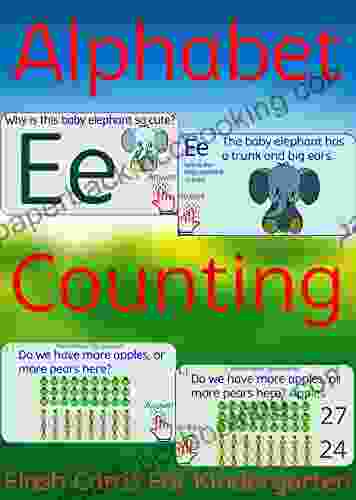
 Joe Simmons
Joe SimmonsUnlock Learning with Flash Cards for Kindergarten:...
Ignite a Passion for...

 Raymond Parker
Raymond ParkerJourney into the Enchanting World of "The Heart Kingdom"...
A Timeless Tale of Love,...
4.2 out of 5
| Language | : | English |
| File size | : | 2087 KB |
| Text-to-Speech | : | Enabled |
| Screen Reader | : | Supported |
| Enhanced typesetting | : | Enabled |
| Word Wise | : | Enabled |
| Print length | : | 166 pages |


